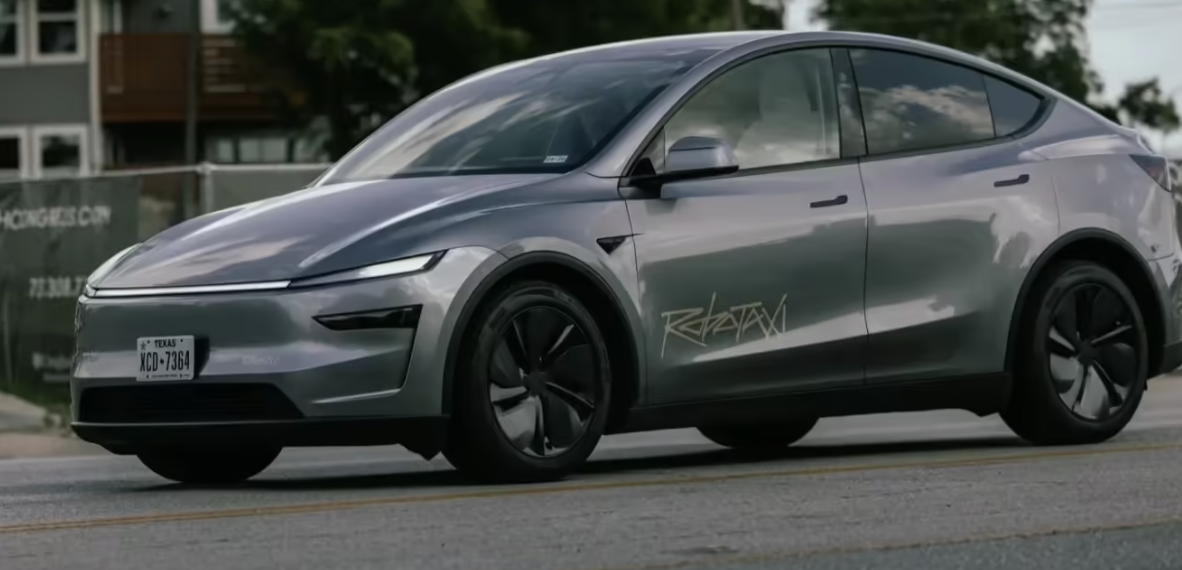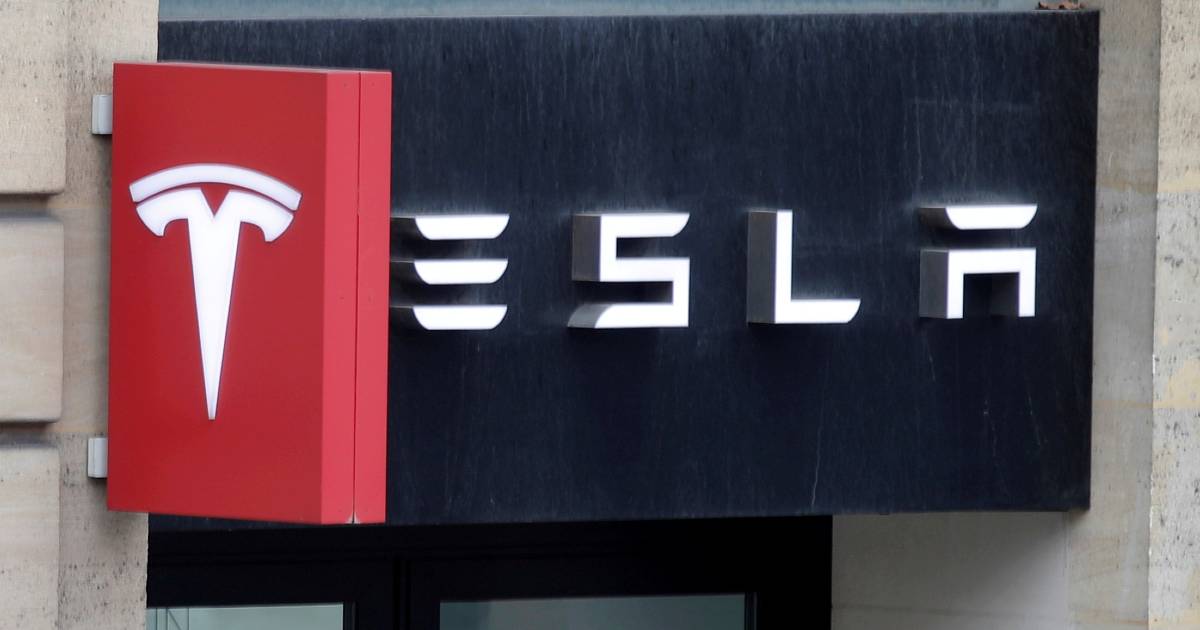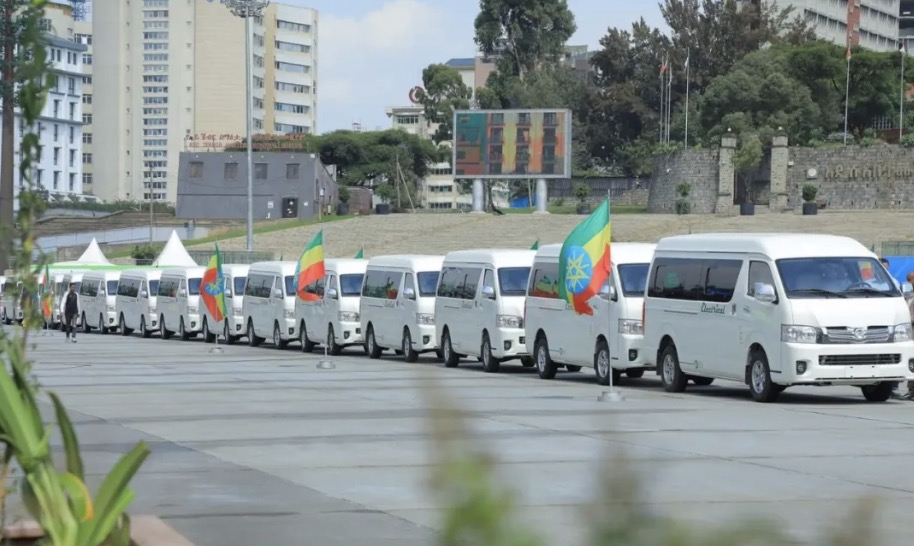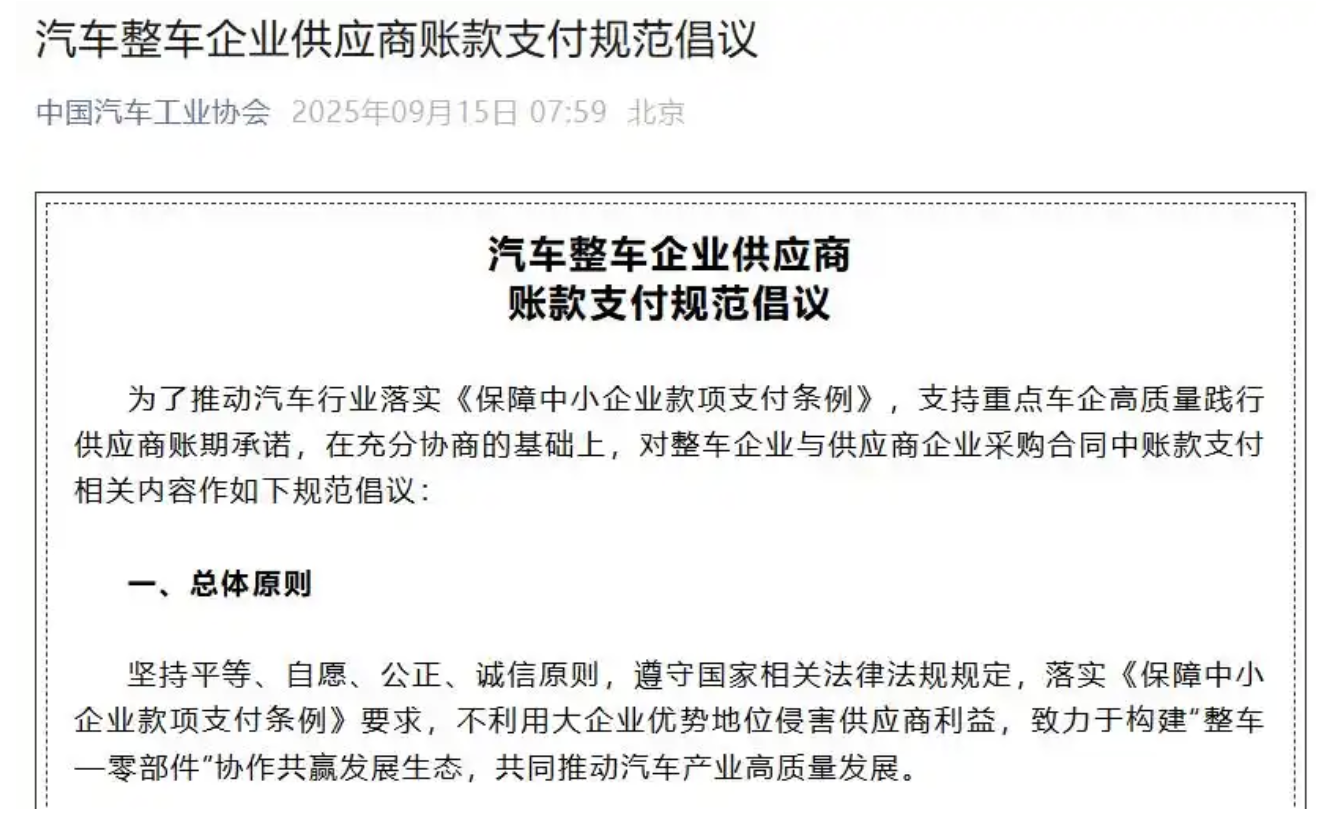On October 30, Tesla CEO Elon Musk shared his most optimistic prediction yet regarding the rollout of Tesla’s autonomous driving technology.Musk stated that, thanks to the company’s existing vehicle fleet being capable of gaining autonomous driving capabilities through software updates, Tesla’s self-driving system could become the fastest-adopted technology in history.
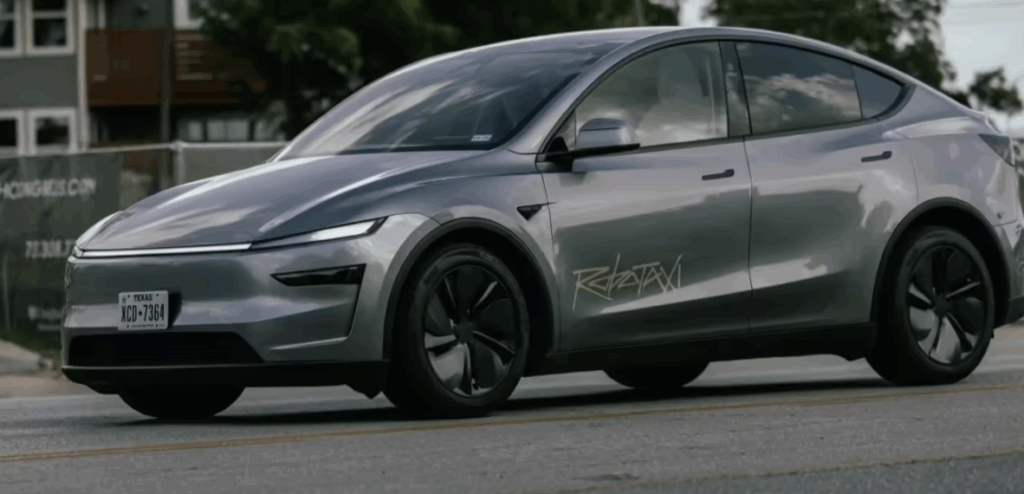
Musk’s comments came in response to a post by industry observer Sawyer Merritt, who had shared a comparison map illustrating the service area coverage of Tesla’s upcoming Robotaxi network versus Waymo, Google’s self-driving subsidiary. The chart showed that Tesla’s operating zone in Austin has already surpassed Waymo’s service range.
In reply, Musk wrote:
“The adoption rate of Tesla’s self-driving technology could surpass that of any technology in history.”
He added that “the hardware foundation is already in place,” and that a single software update could unlock full autonomous capability across millions of existing vehicles in a short time.
At present, this vision is gradually becoming reality. Tesla has already deployed its “Unsupervised Full Self-Driving (FSD)” system at its manufacturing facilities, as well as in Austin and the San Francisco Bay Area. However, Tesla’s Robotaxi and ride-hailing operations in these regions still require a safety driver seated behind the wheel for monitoring.
This week, Tesla expanded its Robotaxi service area in Austin to 243 square miles (about 629.4 square kilometers), marking the largest coverage yet—nearly triple the size of the zone from two months ago. The expansion gives Tesla a service footprint far larger than Waymo’s, which currently remains around 90 square miles.
This marks Tesla’s second major service-area expansion in Austin since August, underscoring the company’s determination to secure a leading position in the autonomous mobility market.
As Tesla and Waymo compete to demonstrate the scalability and reliability of their technologies, Musk’s confidence suggests that the real race may not be about who achieves full autonomy first, but rather who can deploy it across their entire fleet the fastest once the technology is ready.
